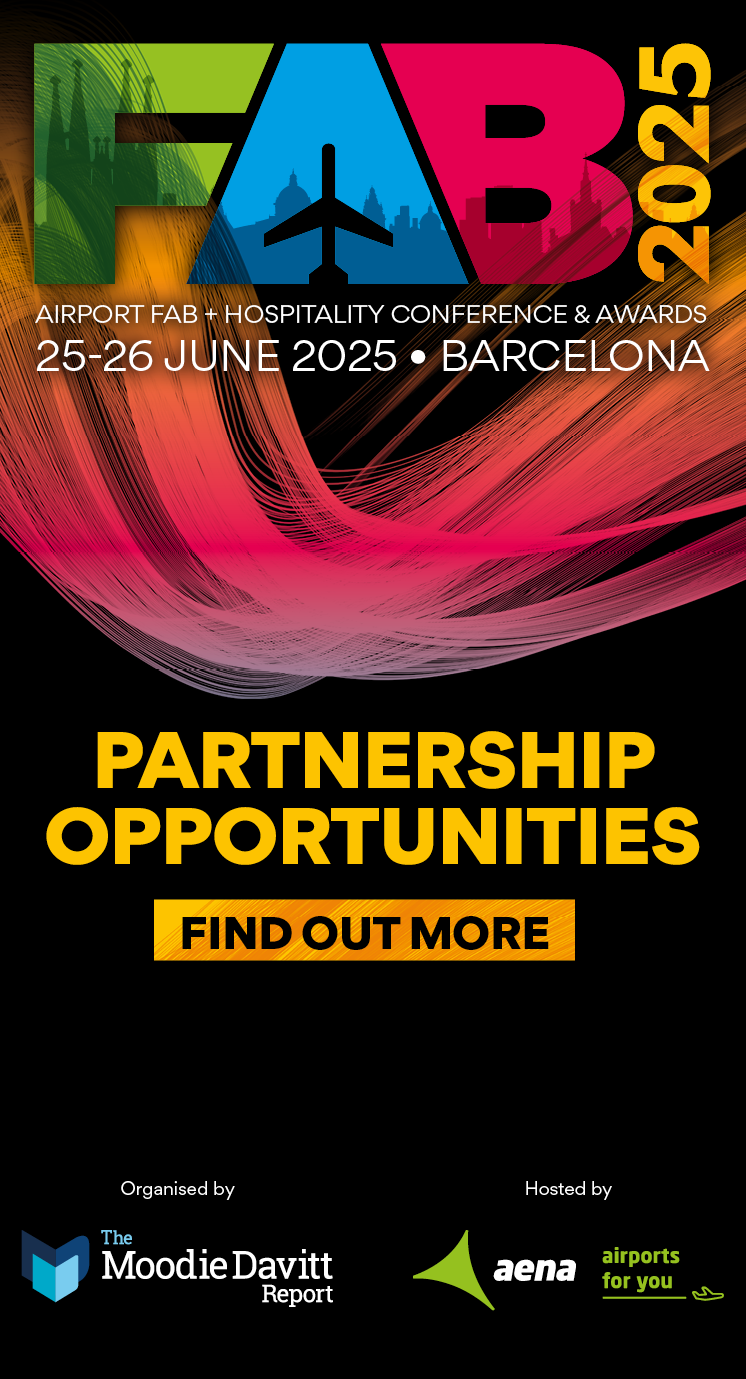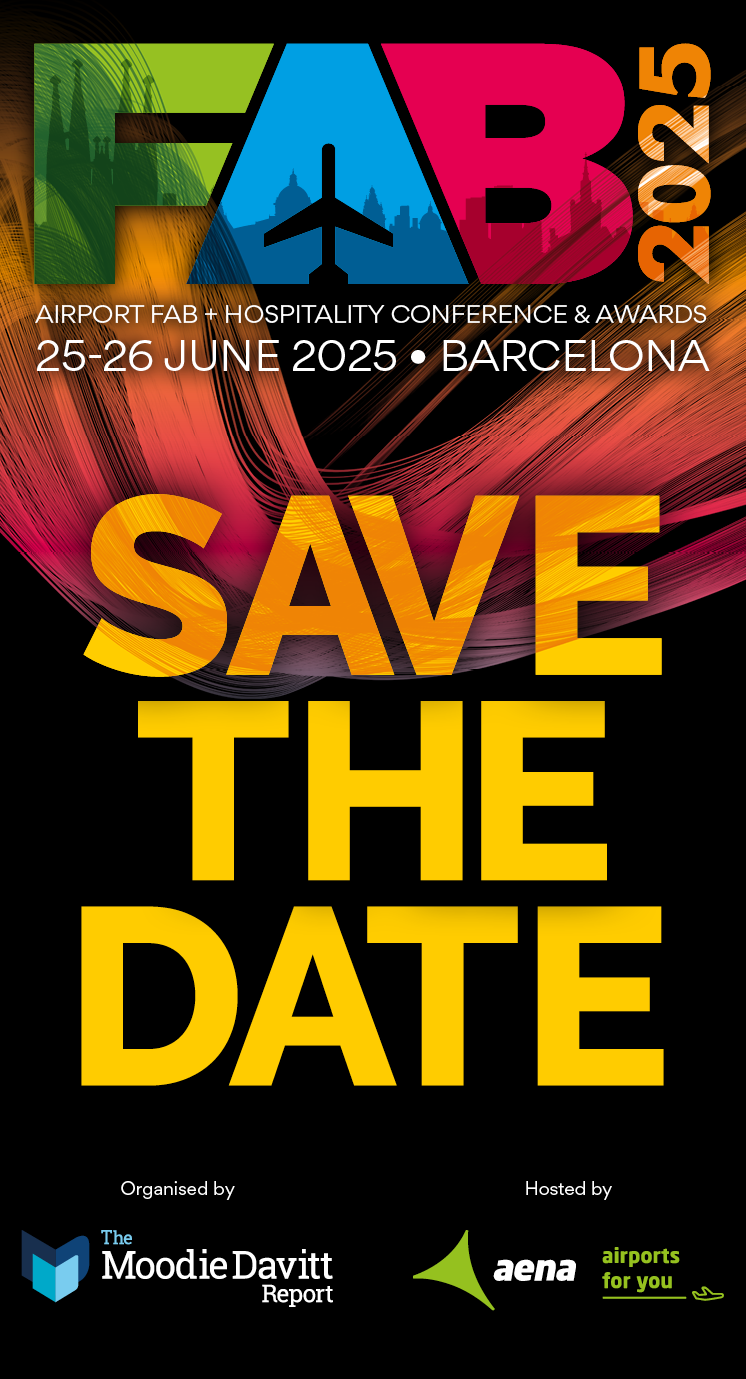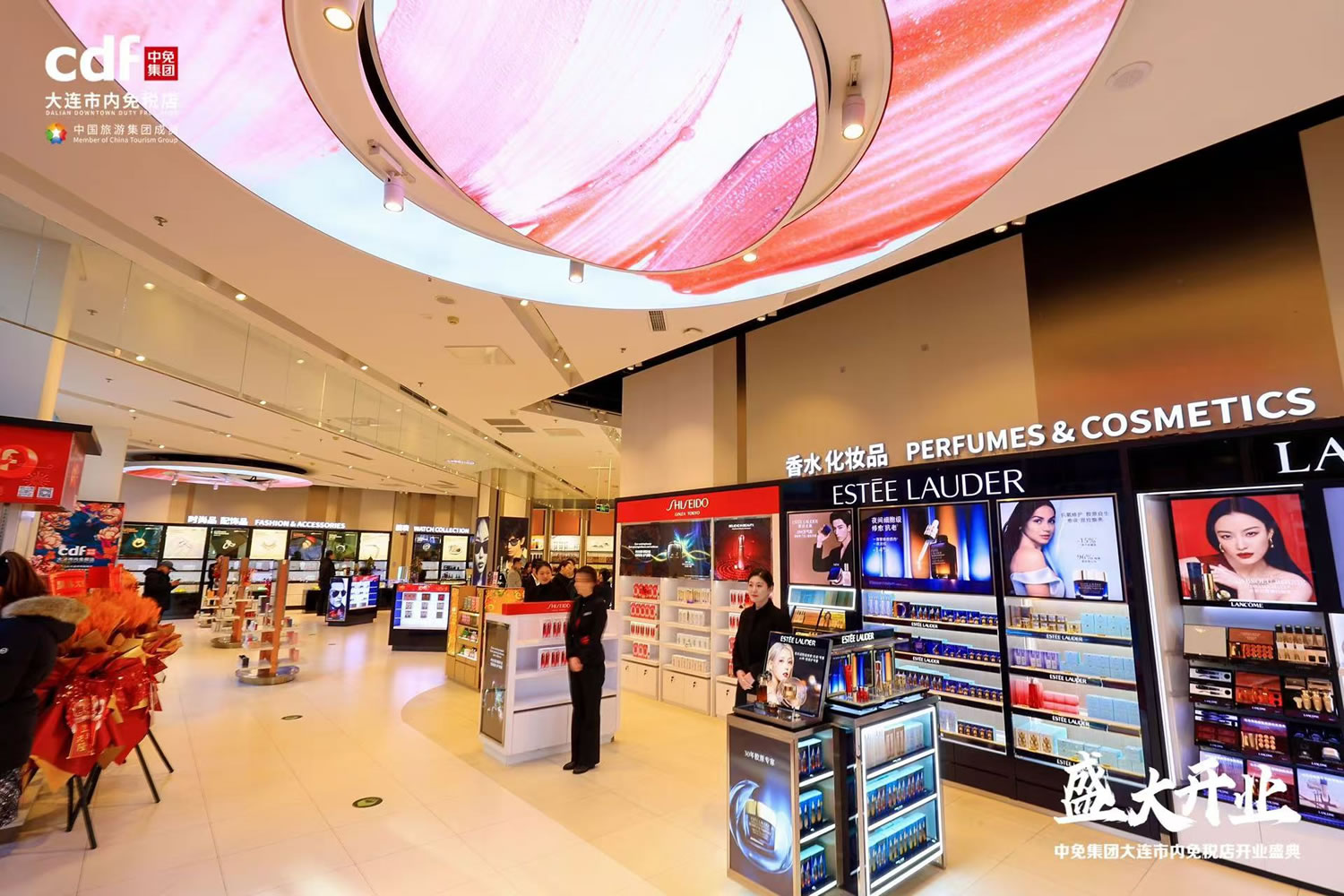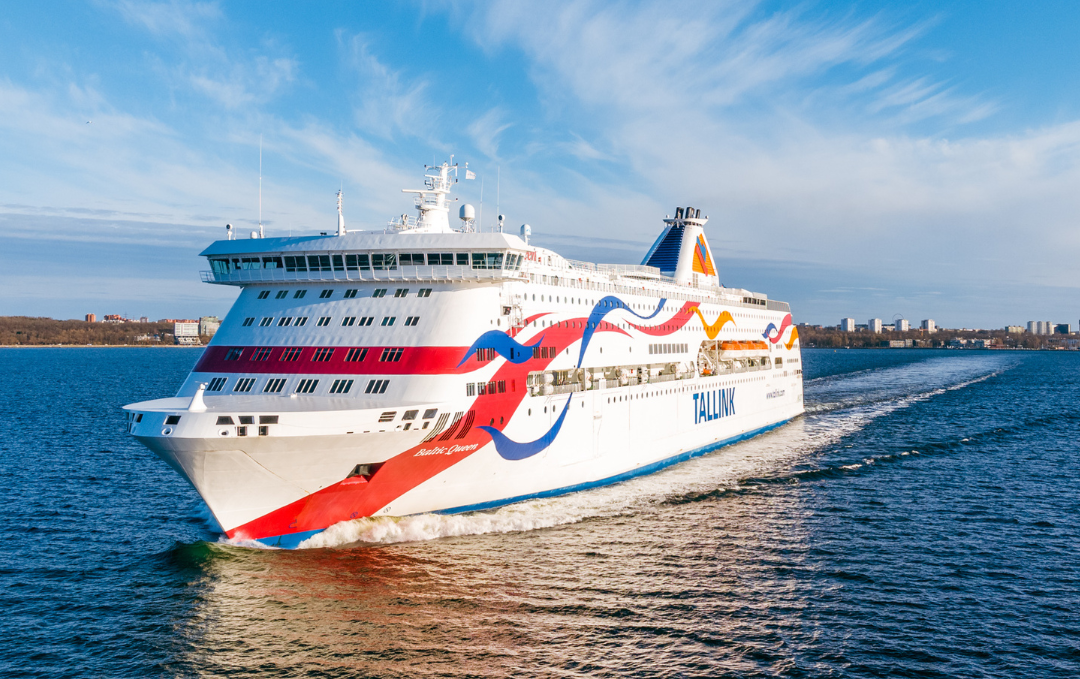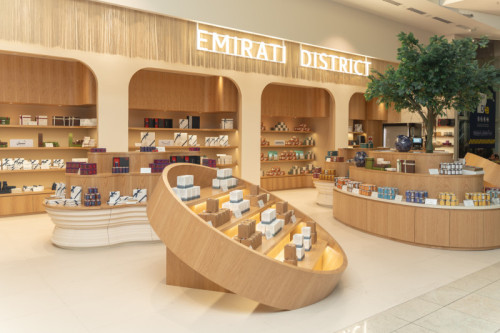In this guest column, Blackjack Promotions Head of Experiential & International Operations Fiona Rayner says travel retail must embrace new ways of engaging with customers.

According to a report from Boston Consulting Group delivered at the Tax Free World Association (TFWA) Asia Pacific Conference in Singapore in May, the travel retail market has tripled in size since 2002, writes Fiona Rayner (pictured).
However, the rate at which passengers are spending has slowed the past five years. There are more people flying, but the amount they spend in duty free stores is not keeping pace. Travel retail needs to become more relevant for travellers.
If travel retail wants to continue to grow at a reasonable rate, it needs to face the key question which TFWA President Alain Maingreaud posed to the audience at the TFWA Asia Pacific Conference in his keynote address opening proceedings on Day One – “Are we relevant and how can we become more relevant?”
As Maingreaud eloquently explained, duty free no longer has a price benefit over high street and online stores. Nor is convenience a driver for duty free shopping. After all, people don’t go to an airport purely to shop, they go to fly; the shopping is an added activity.

It’s not how special duty free stores are because shoppers are telling us that duty free stores look the same around the world.
Could it be Sense of Place? Perhaps, Maingreaud says. But if we’re to rely on Sense of Place, we need to put more creativity into it.
What about the ‘captive audience?’ He made it clear that he doesn’t like that term – and let’s face it, nor will the travellers we want to entice into our retail outlets.
So the answer, he said, has to be in the whole experience – delivering great products, at a competitive price, in a unique environment with staff who make you feel special.
I couldn’t agree with him more on this last point. As he went on to say, human beings make the difference between a disappointing retail experience and an exciting one.
So the mission of all of us who want to see the travel retail industry continue to thrive has to be all about supporting frontline staff to enable them to deliver the very best and most relevant experiences to passengers.
It was particularly fitting that the conference was held in Singapore, because it meant that we got to see the new Changi Jewel Airport. This has to be one of the most breath-taking travel hubs in the world, which also delivers a truly 21st century travel retail experience.
In fact, there is a lot that Western airports, retailers and brands can learn from what’s happening in Asia.

Kate Ancketill, CEO of research agency GDR Creative Intelligence, suggested in her presentation that there is a new battle going on in the wider retail world (of which travel retail, as she put it, is an ‘idiosyncratic’ element) between offering customers experience or convenience.
At least, that seems to be how the West views it, she said: experience and convenience in the West are not usually delivered together successfully. Things are either fun or quick, but not both.
But in Asia, things are different. Jack Ma, Founder of Alibaba, talks about what he calls the ‘new retail’, where online and offline retail are seamlessly merged together.
Ma has added ROBOT.He, a robot-staffed restaurant, to his HEMA online-offline restaurant chain. You pick your own lobster, it’s cooked to your liking and delivered to your table by a robot, all controlled by an app.
The idea behind HEMA/Freshippo is a chain of supermarkets which serve the local population within a 3km radius and which can deliver pretty much anything you want quickly and conveniently, all run via Alibaba’s app and its Alipay online payment system, which means they have really detailed knowledge of the consumer and their habits.
There are some Western examples where experience and convenience come together; she cites the new FICO Eataly ‘theme park’ in Bologna which is one million square feet, a unique food-related experience, contrasted with the Amazon physical store model of picking up a product, scanning your product and leaving.

Big consumer brands like Apple and Nike are beginning to experiment with pulling the two disparate elements together; for example, the Nike House of Innovation on New York’s 5th Avenue, which some experts call the most exciting experiential store outside of China. It’s a 68,000sq ft store with two maker studios, customisation areas, one-to-one appointments with experts, collection lockers, an app system and instant checkout. Scan a mannequin code to find the items, or request for staff to come and find you for assistance.
Or take Walmart’s Sam’s Club Now, a test store which is playing with the idea of turning shopping into a ‘virtual treasure hunt’ with interactive shelf edge ticketing driving Augmented Reality.
But this kind of approach just isn’t reflected in travel retail at least not in the West, where it tends to be more consistent and to display similar product assortments over longer periods of time, rather than reacting dynamically to data collected from shoppers in real time.
Ancketill’s conclusions were:
- Customer expectations are set beyond the terminal
- New Retail is transforming expectations and the wider retail eco system
- Collaboration is crucial if TR is to catch up with the new ‘retail-ers’
- Imagination is king if we want to surprise and delight the customer
I think the key take-aways from these two very powerful presentations from Maingreaud and Ancketill were that travel retail has to become more relevant, both to the travelling consumer and also to the latest developments in the wider 21st century retail industry, and that it has to offer a dynamic and constantly engaging experience.




